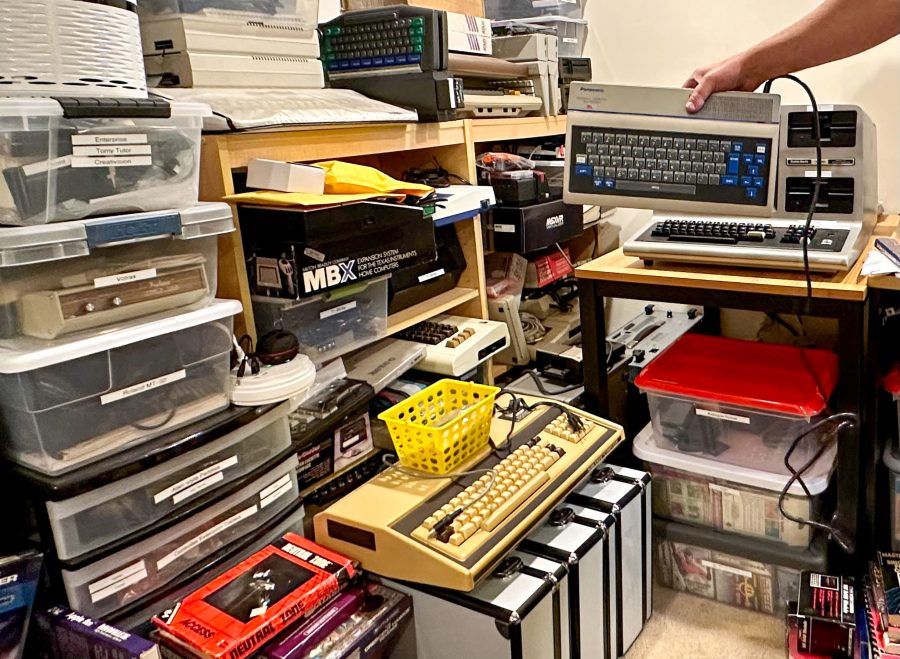Page 6 of the March 1984 issue of legendary publication, Creative Computing, revealed the then latest version of the Creative Computing Benchmark. This benchmark was a short test of computational speed and accuracy and the random number generator in the BASIC programming language for hundreds of platforms. The 11-line BASIC program was run on hundreds of computers, from mainframes to handhelds. It’s no surprise that the mainframes and minicomputers came out on top in the benchmarks, nor that the IBM PC compatibles also fared particularly well thanks to their combinations of processing power and efficient versions of the language.
In the last places were programmable calculators and low-end systems like the Timex Sinclair 1000 in its SLOW mode (it also had a FAST mode that blanked the screen, resulting in better performance). It was also a bit surprising that the Atari 8-bit computers ranked as low as they did, but they didn’t really come stock with great versions of BASIC. Of the non-IBM PC compatibles and non-accelerated computers (regular personal computers with accelerator card add-ons), it’s notable how high the Memotech MTX-512, Coleco Adam, TRS-80 Model 4, and Panasonic JR-200 (not sure if it was the regular 200 or 200U) ranked.
Of additional note are some unreleased computing platforms that were included like the computing add-on for the GCE Vectrex console, particularly considering the publication date being after the main console was already discontinued (There’s even the unreleased Atari Graduate for the Atari 2600, yet no Bally Astrocade or the many other consoles that actually did have BASIC programming add-ons, or even whole computer modules!).
Whatever the overall methodology for these tests, it’s still a fascinating glimpse into how diverse the computing landscape was in the decades leading up to 1984. Over time, many platforms would be discontinued and companies cease to exist, leading to the relative homogony of today’s computing landscape. That’s not necessarily a bad thing, of course, as there is a case of having too much choice and too many resources spread across too many platforms (and of course, woe is the consumer who chose the “wrong” platform in terms of ongoing support).
Whatever you think of the methodology used or the end result, it’s still a fascinating bit of history, particularly for those of us who are still active collectors for many of the platforms mentioned. Here’s the excerpt, which I tried to straighten versus the archive.org source (thanks to Chris Diehl’s June 20 post in the popular Apple II Enthusiasts group on Facebook, which seems to be the first of many postings about it):




 Your total news and information resource for all things Science, Technology, Engineering / Mathematics, Art, and Medicine / Health.
Your total news and information resource for all things Science, Technology, Engineering / Mathematics, Art, and Medicine / Health.
1 Comment
Leave your reply.